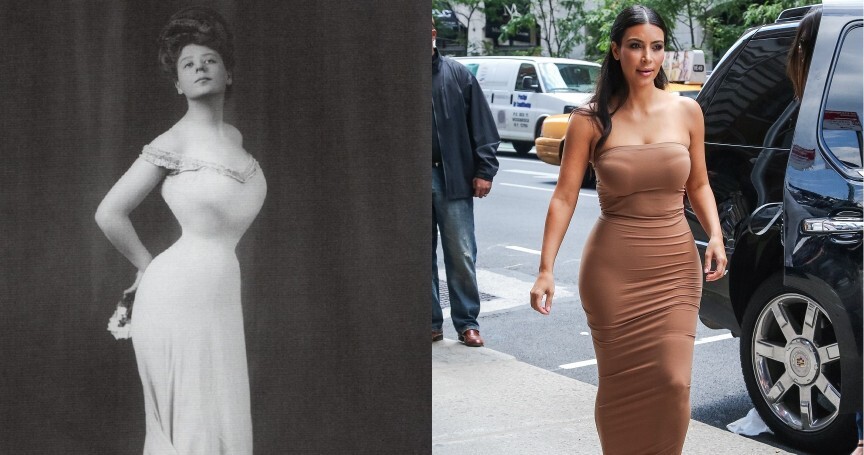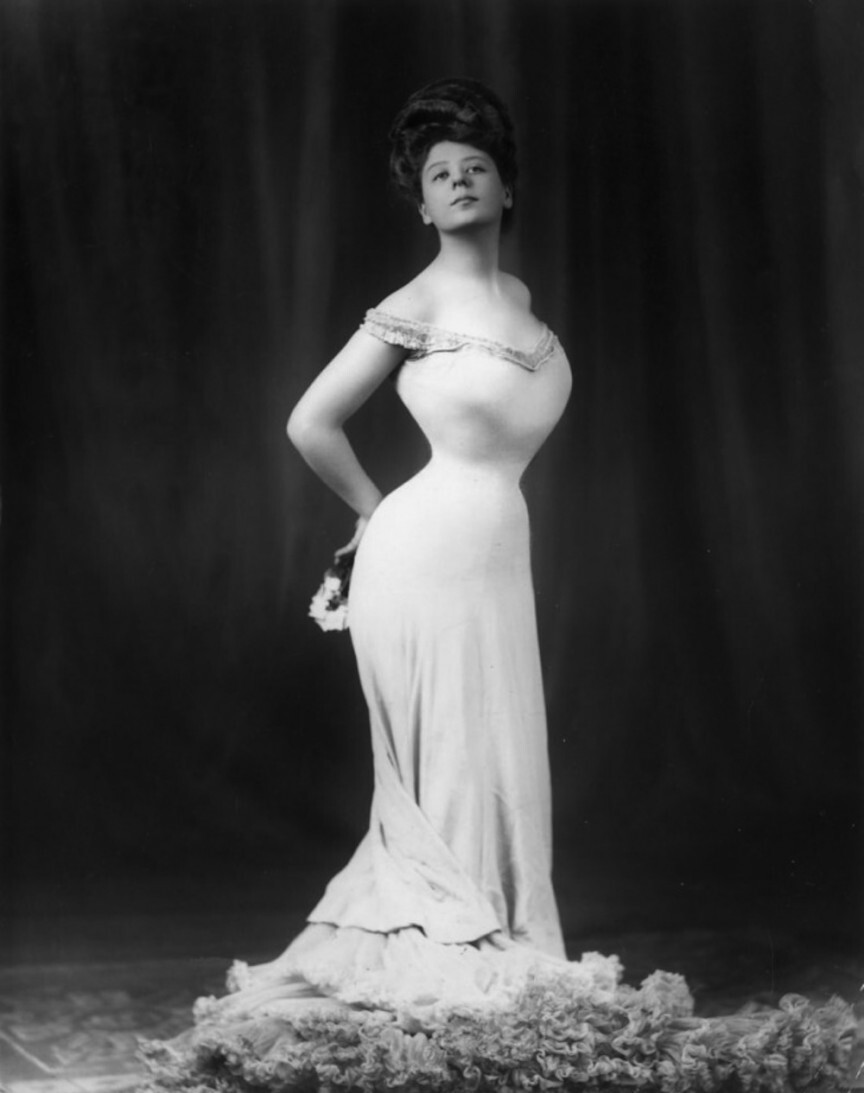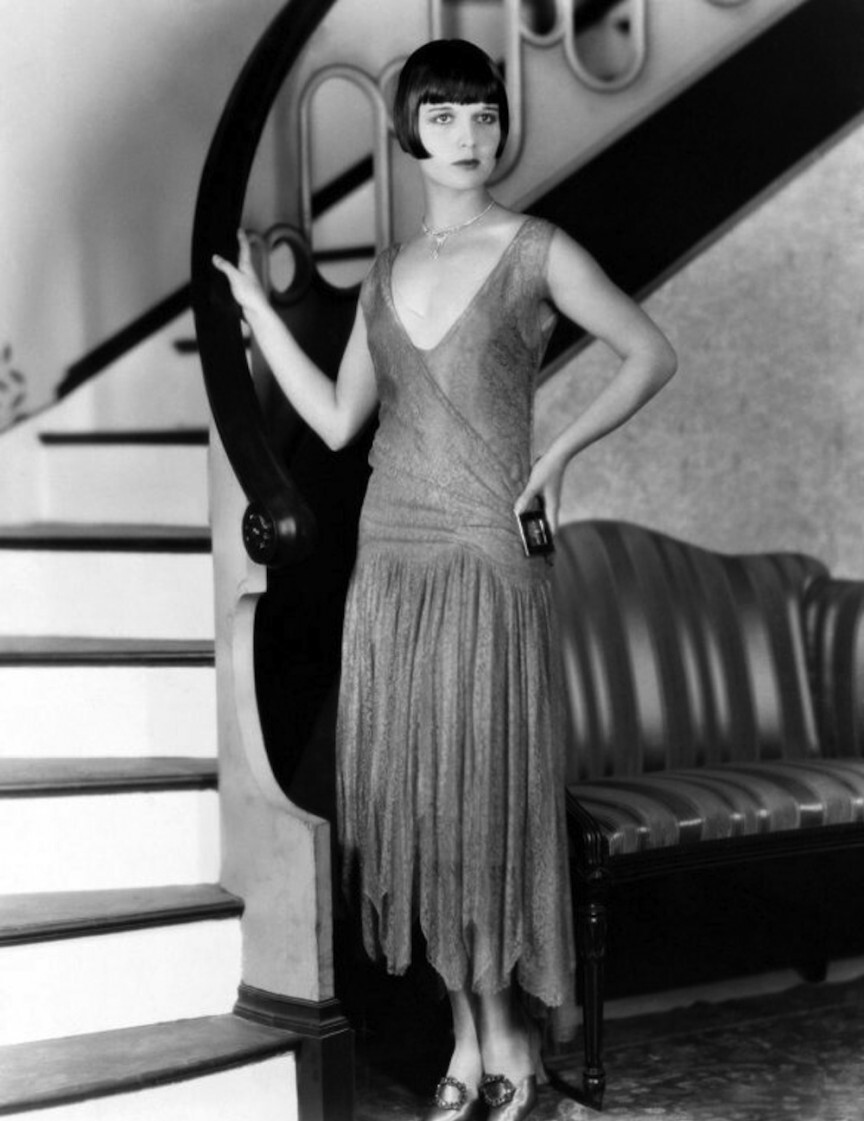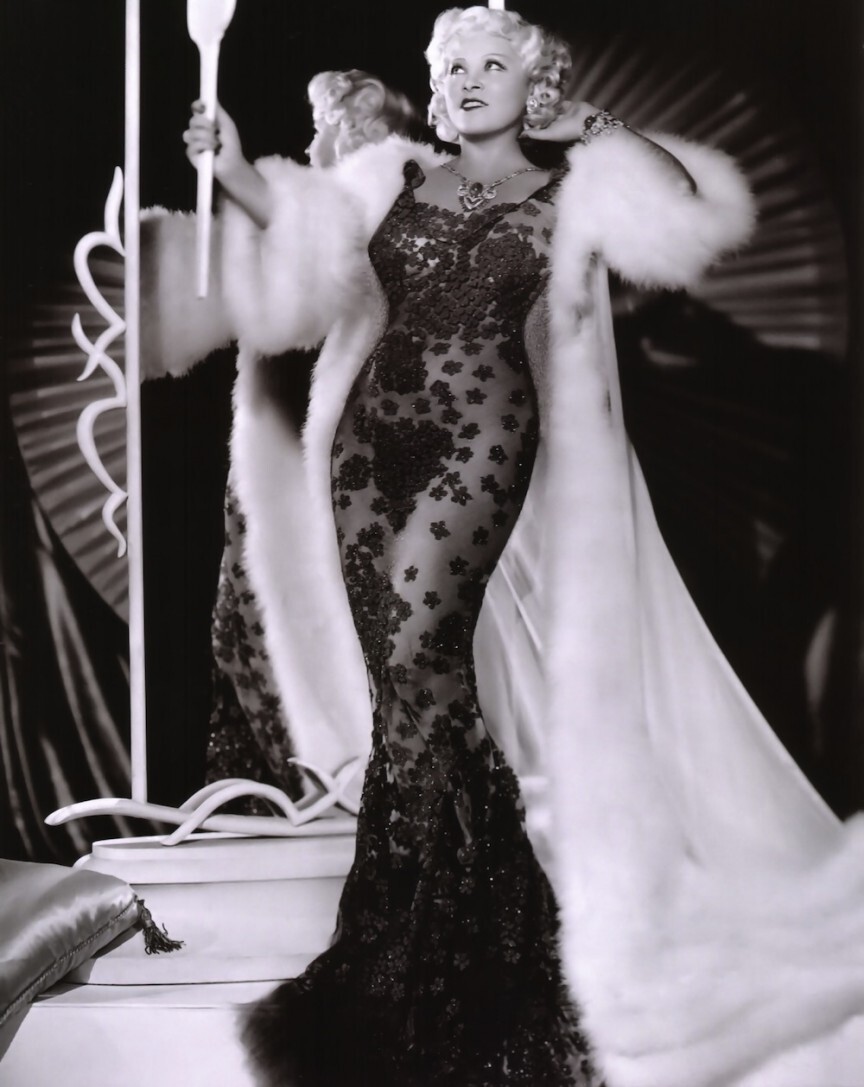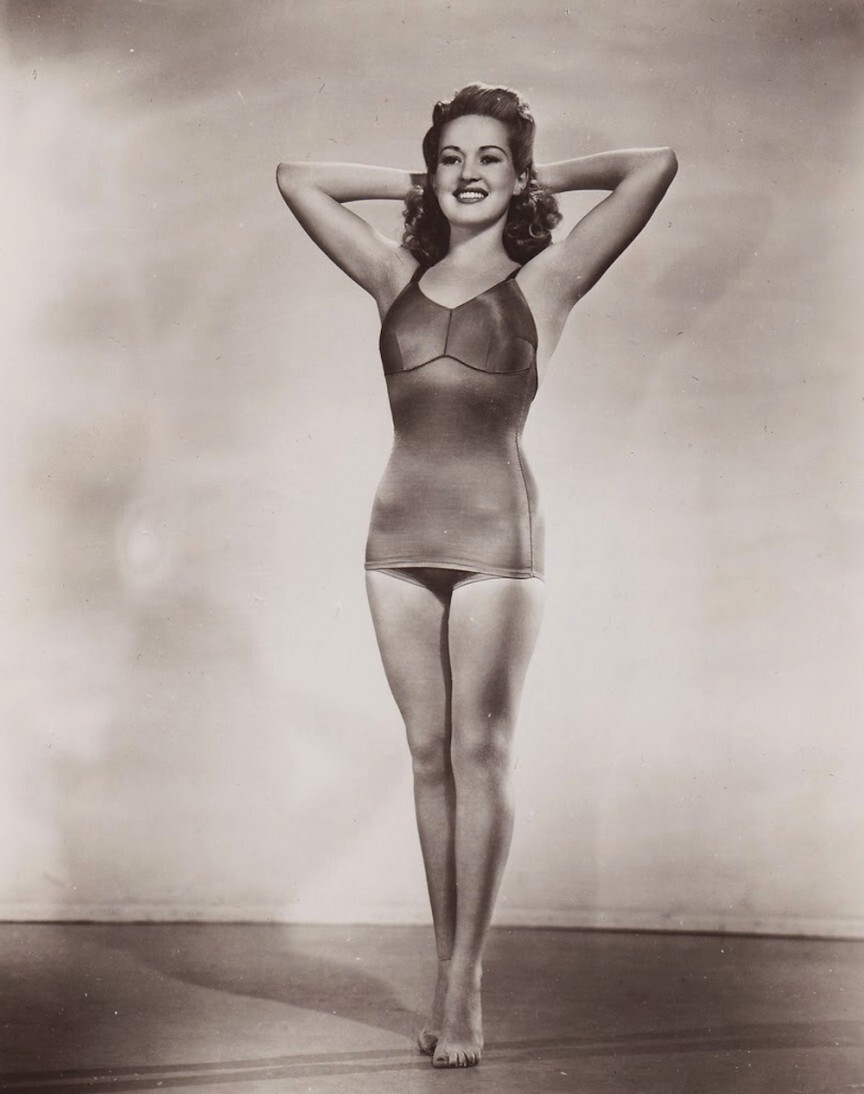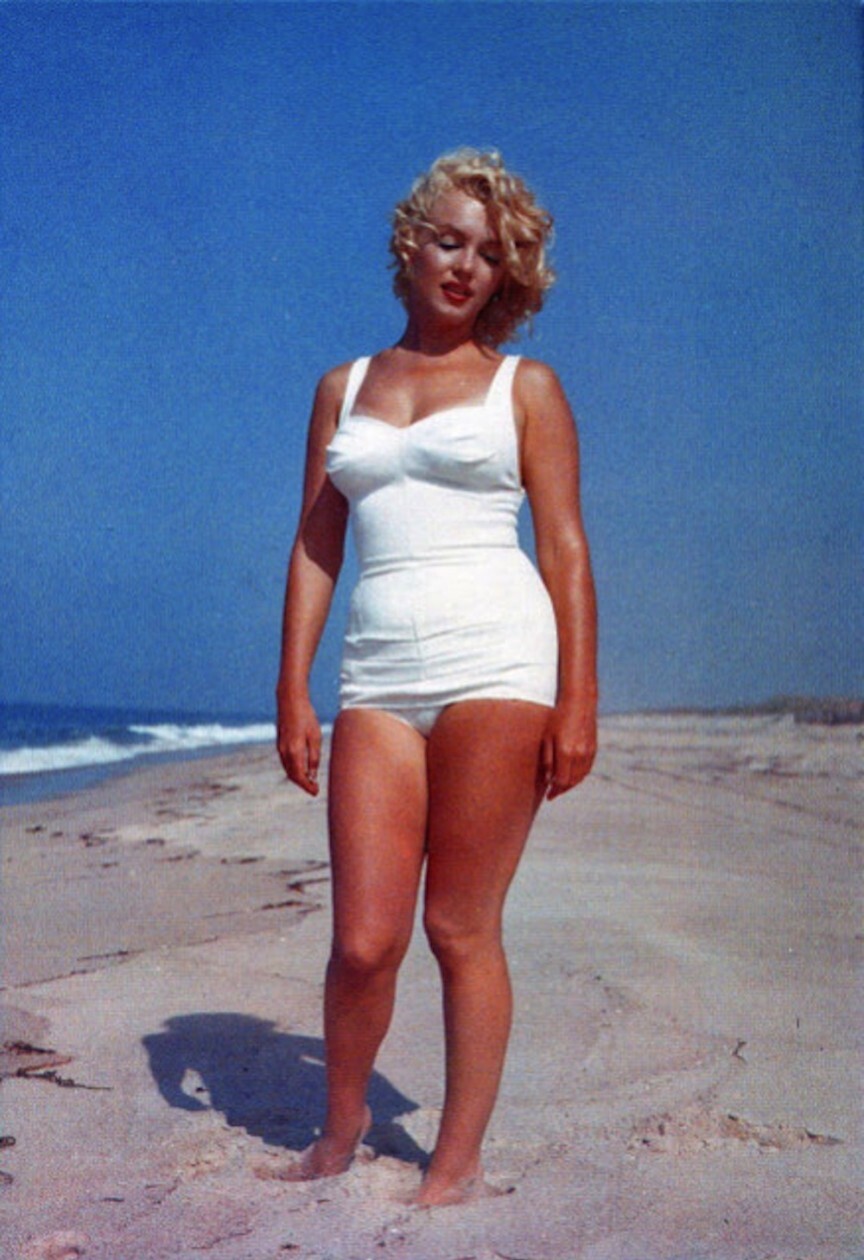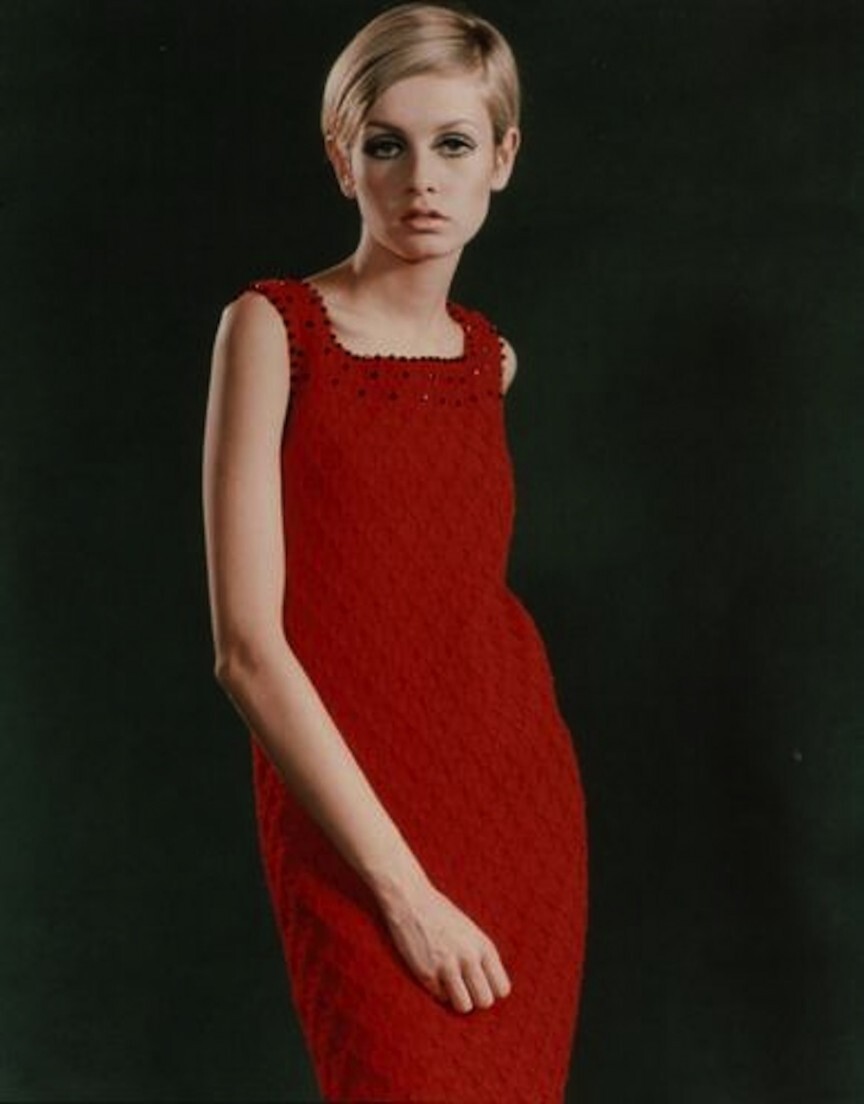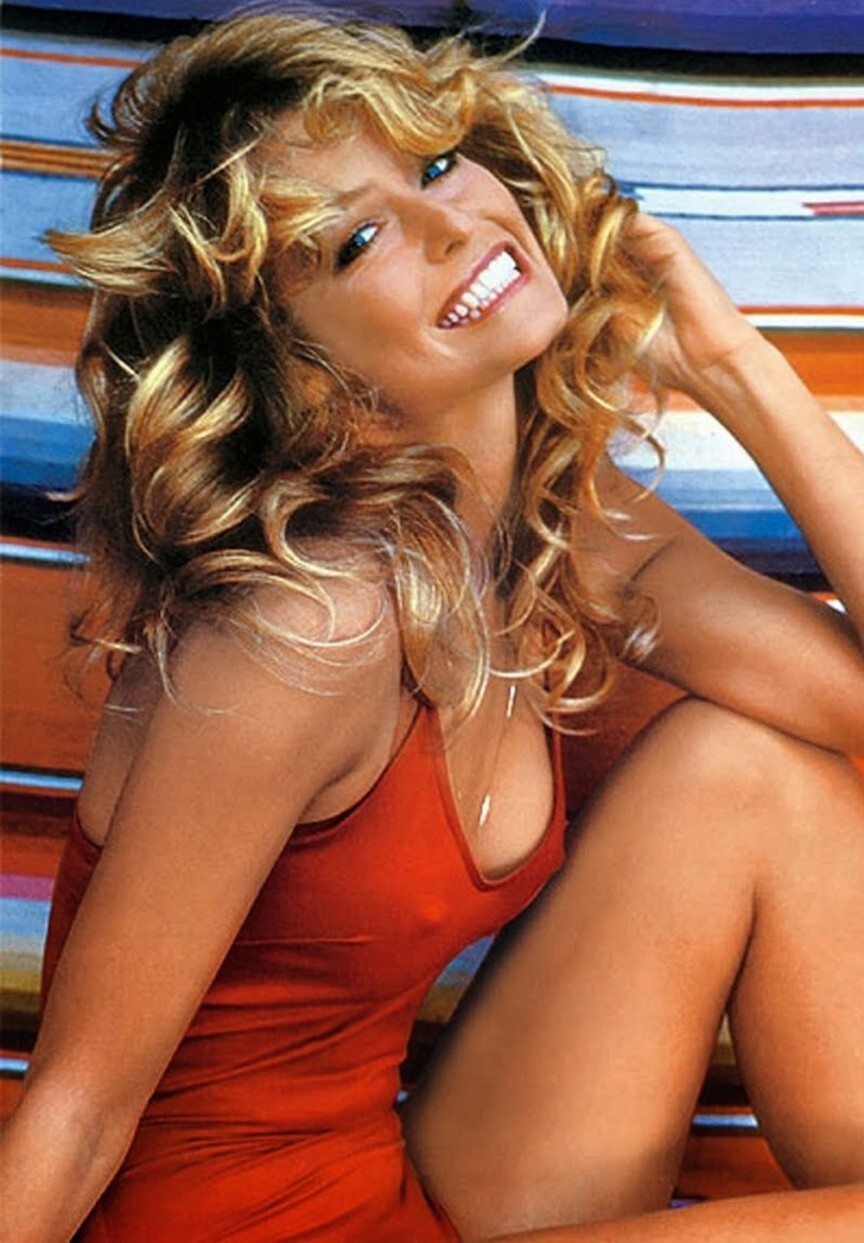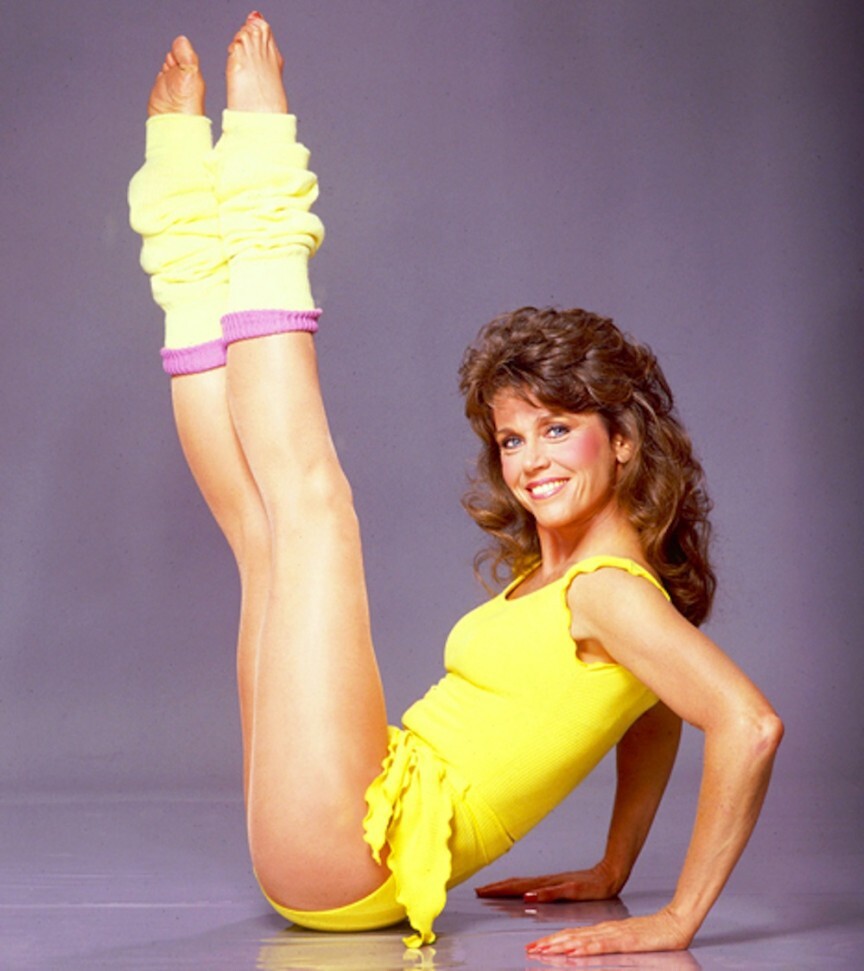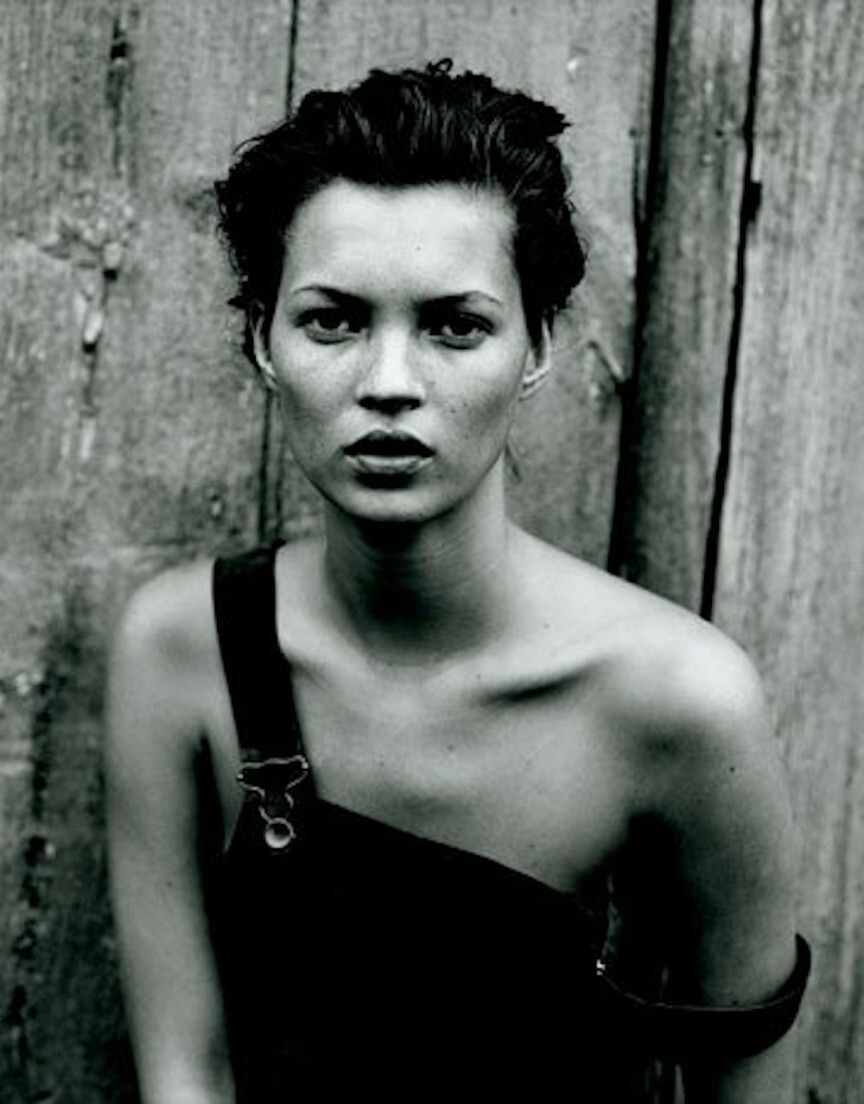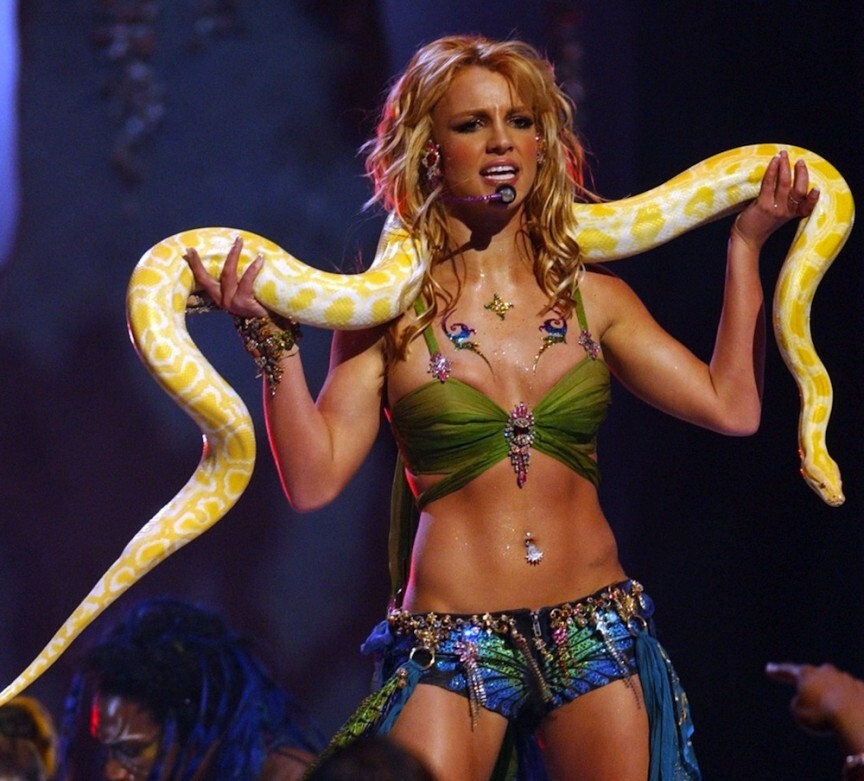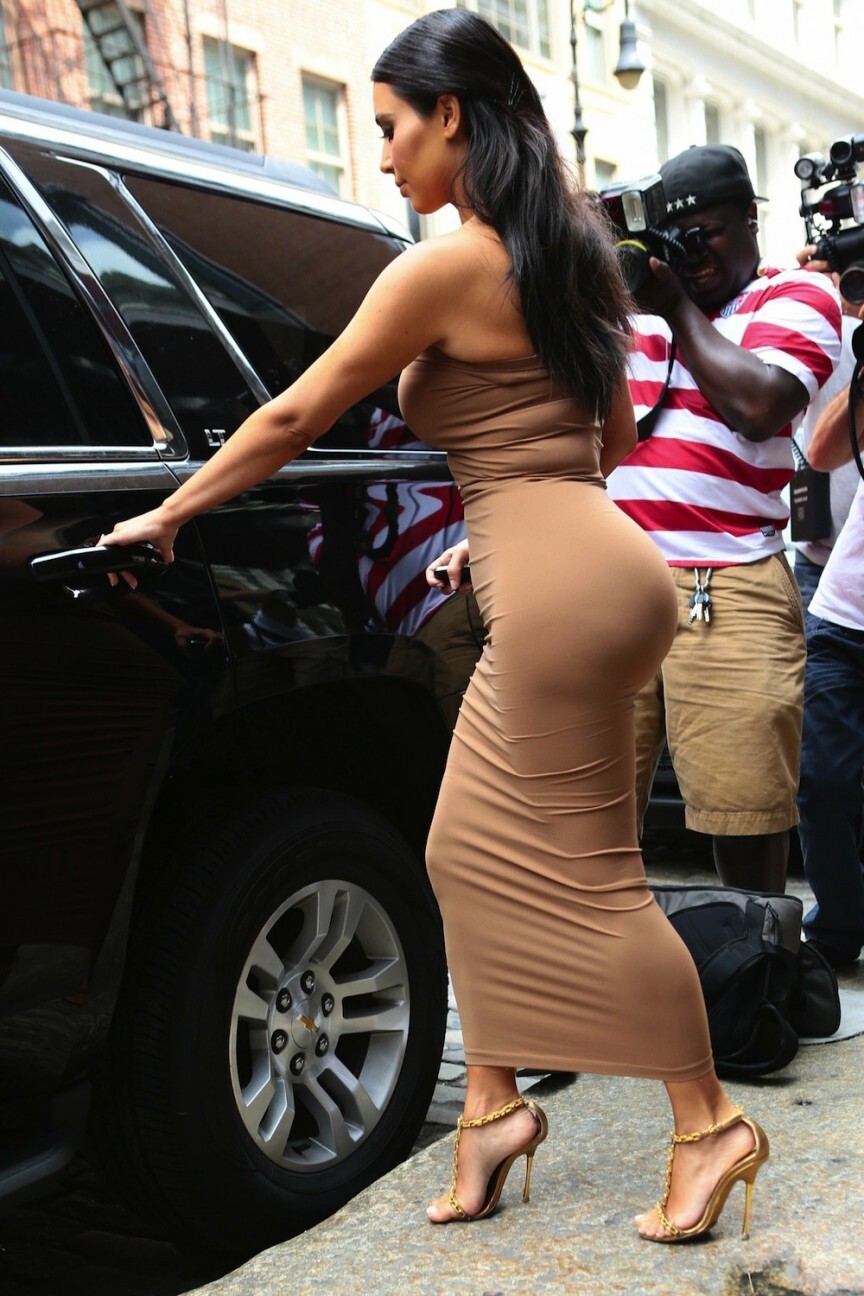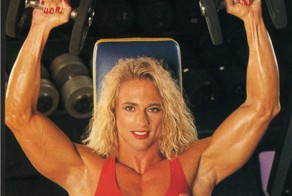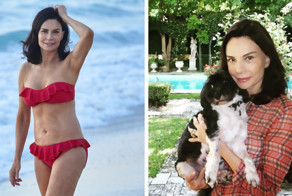0
12
While there may be a particular body type that is considered ideal at every given moment in time, this idea of what a perfect body looks like changes quite frequently. Cultural and societal changes also affect the ideal body type. After women won the right to vote in 1919, they rebelled away from the corsets that had constricted them in the past. What is considered a perfect body is constantly changing with our nation’s current priorities and preoccupations.
11. 1910s – The Gibson Girl
The 1910s was a time when women were suppressed legally and physically. Women still hadn’t won the right to vote and were still adhering to insane notions about what the female form should look like. Remember the scene in Titanic when Kate Winslet’s mother ties up her corset and Winslet looks like she’s basically dying? Yeah, Gibson Girls were down with doing that every single day. It was a time that was all about round curves and teeny tiny waists. Women were expected to be soft and round everywhere but their waists, which were to retract in dramatically from their large breasts. This is simply not a shape that most women can achieve naturally. The ideal hairstyle of the day was long, curled locks styled into an updo. Women wore dresses with layers and petticoats that hid the corset. Overall, the 1910s was a dark time for breathing.
10. 1920s – The Flapper
If women were suppressed in the 1910s, they rebelled in the 1920s. After gaining the right to vote, women’s figures took a dramatic shift from the previous decade. They took off their corsets and took a very deep breath for the first time in their lives. The look of flapper was all about slender long lines and limbs. The curves of hips, breasts and waists disappeared in the boxy dresses of the time. While dresses didn’t showcase curves, they did allow for a good bit of the slender legs and arms that were in at the time to show. Instead of a ton of curls styled on top of their heads, a blunt, bob cut was it. The combination of prohibition and economic growth made for excessive drinking in speakeasies. Since thin was in, it is said that women would smoke and drink instead of eating.
9. 1930s – Softer Curves Are In
It was the decade of The Great Depression, following The Stock Market Crash of 1929. It was also the decade in which prohibition was repealed, but that was probably just so people could drink their sorrows during The Great Depression. Suddenly, excess and rebellion were a thing of the past. Women reverted back to a silhouette similar to that of the 1910s but less dramatically curvy. While the curves were back, they were slightly more achievable, with the clenched waist not making a full comeback. This is most likely because women were either unable to afford corsets or refused to stuff themselves back into corsets after knowing what it was like to breathe for a whole decade. More tradition dresses that flattered the hourglass figure made a comeback, as did curled and coiffed hair.
8. 1940s – Strong Women
With the men away fighting in WWII, women had to fill in at the workplace. Now that they had the right to vote and were taking a more active role in the workplace, strength was in. The strong woman was the ideal body type in the 1940s; however, it was a much different “strong” body type than we see in today’s culture. Since the craze for working out hadn’t swept the nation yet, the strong body type didn’t have the same muscle definition that we see in today’s strong women. These weren’t women with six packs but rather women with solid legs and arms, able to do everyday tasks with ease. They still had curves but arms and legs that were able bodied, like many of the pin-up girls of the day. Betty Grable, pictured above, had the ideal body type of the time. Her legs even earned the nickname the “Million Dollar Legs”.
7. 1950s – The Hourglass
The men came back from WWII and curves came back with vengeance. This time, being curvy everywhere was in style. Not only were breasts in but hips and booties were also all the rage. A wider hourglass figure was desirable. Women who had thinner physiques were even purchasing pills to gain weight and padding to fill out their figures. Dresses were styled to empathize breasts and curvaceous bodies. Marilyn Monroe and Elizabeth Taylor were two of the biggest Hollywood stars of the time had the desired hourglass, curvy figure.
6. 1960s – Twiggy-Thin Is In
Like the first sexual revolution in the 1920s, the 1960s were all about being thin. Breaking away from the previous era of full-bodied women, the style icon of the 1960s was Twiggy, who weighed a whooping 91 pounds. Boxy dresses were back in style as they didn’t showcase curves but rather showed off long, thin limbs. Hemlines were also much higher than before to show off the legs. A record amount of amphetamines were sold to help women keep up with this thin look. Finishing off the mod look was eyeliner and straightened hair.
5. 1970s – The Tall, Lean Disco Queen
While thin stayed in, the ideal body was stretched to new heights. The styles of the time were jumpsuits and bell-bottoms, more flattering to a lean, tall figure. Though the workout craze was still ten years ago, a long muscular figure was popular due to the pastimes of disco dancing and roller skating. Long, feathered hair was in, as was a more natural, girl-next-door look makeup wise. Farrah Fawcett was quite literally the poster woman for the ideal body type, having sold more than 12 million copies of her infamous red bathing suit poster.
4. 1980s – The Workout Girl
During the 1980s, the workout revolution began thanks to Jane Fonda, leggings and leg warmers. Speaking of legs, they were in. Having long, thin legs was very desirable, mostly due to the rise of the supermodels. This was the first decade in which supermodels were becoming bonafide celebrities. Women like Cindy Crawford and Naomi Campbell walked the runway during this decade and became household names.
3. 1990s – Heroin Chic
The 1990s was the decade that coined the charming term “heroin chic”. Thin was very back. Like the 1920s, the economy was booming in the 1990s. It was all about drinking and using drugs to excess while not gaining any weight. The heroin chic look was very thin, preferably skin and bones, with an androgynous look. Grunge was also in, think flannels and unkempt hair. Moss was the fashion icon of the decade and is credited with being the person for whom the term “heroin chic” was coined.
2. 2000s – Abs-olutely Toned Women
Out were the super thin bodies of the last decade and in were washboard abs. Exercising was back and this time, the body part that was all the rage was the stomach. Having toned abs was extremely desirable thanks to Ms. Britney Spears. The looks of the time, midriffs and belly button rings, brought attention to toned stomach areas. Whether Britney was wearing a nude sequin outfit or had a snake wrapped around her neck, one thing was for sure: her abs were rock solid.
1. 2010s – The Gibson Girl With Booty
100 years after shedding the corset, after being thin, curvy and muscular, it seems that women are adhering to exaggerated silhouettes once again. This version of the hourglass figure favors even more exaggerated curves as breasts and booties have grown to preposterous proportions but it is still expected that women have teeny tiny waists and thigh gaps. Like the 1910s, this figure is not usually achieved through natural genetics. Unlike the 1910s, women no longer force themselves to wear corsets and struggle to breathe. Now, they just turn to plastic surgery to achieve the ideal body type, which you’ve learned changes as quickly as the social and economic climate.
Source:
Ссылки по теме:
- Bucket List: Saying Yes To Life Has Changed My Life Completely
- 10 Buildings That Look Like Human Body Parts
- This Is What 20 Years Of Steroid Abuse Does To A Woman
- Stray Dogs Suddenly Show Up At Funeral Of Woman Who Spent Her Life Feeding Them
- Almost 70-Year-Old Grandma Reveals Secret Behind Her Incredible Body
реклама


